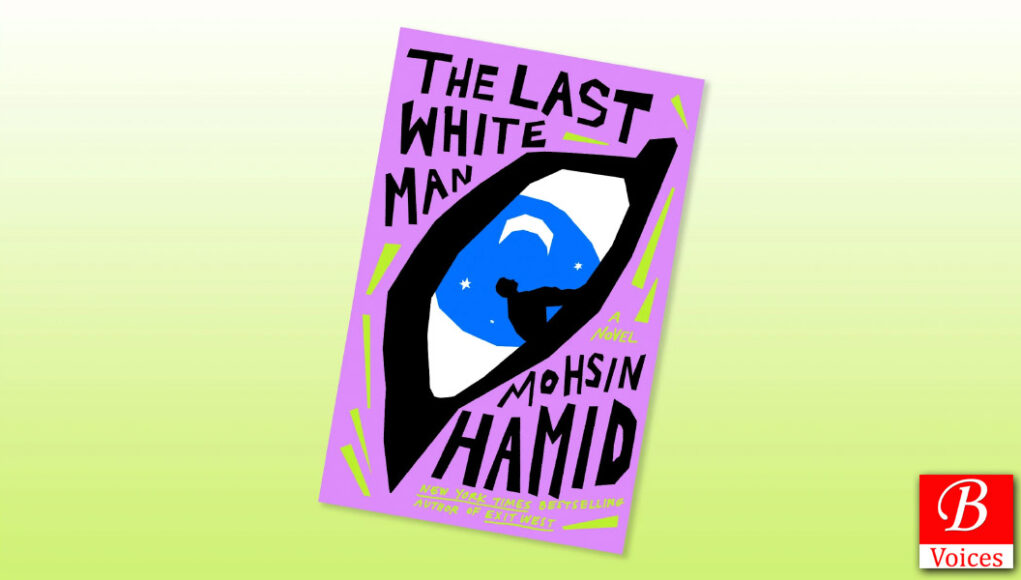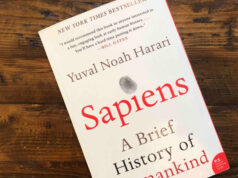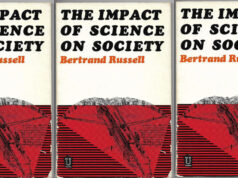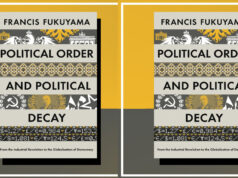Tahira Khan
Mohsin Hamid is a British-Pakistani novelist who has written five novels. His list of novels includes Exit West, The Reluctant Fundamentalist, Moth Smoke, How to Get Filthy Rich in Rising Asia, and The Last White Man. His latest novel, The Last White Man, explores racism to enlighten social injustices and complex identity issues. The novel is based on mere speculation but it sheds light on racial hierarchies and their impacts on society in general and brown/dark people in particular.
In particular, the story of the novel revolves around a few characters named Anders, Oona, and their parents. One day, Anders woke up and found himself ‘deep and undeniably brown’. Anders couldn’t fathom and panic seeing himself in the mirror. At first, he thought that someone else was in the bed. But, then he found the same dark person when he took his selfie on the phone.
Hamid further writes;
“He was overtaken by emotion not so much shock, or sorrow, though those things were there too, but above all the face replacing his filled him with anger, or rather, more than anger, and unexpected, murderous rage. He wanted to kill the colored man who confronted him here in his house, to extinguish the life animating this other’s body, to leave nothing standing but himself, as he was before.”
Owing to this new phase of life, Anders felt like he was robbed or something was taken from him. Anders also felt like being victimized. It was like a crime that had robbed his whole universe. In the due course, one can easily assess how Mohsin Hamid interprets the whole speculating affair of ‘White Supremacy’ and change of identity in social diaspora.
Following that, Anders informed his manager that he couldn’t come to the office due to sickness. His deep skin color made him restricted to the house only. But, whenever he visited the market he felt the hostility and fear from his white fellows. Moreover, the novel also provides insight into when he met Boss, Oona, and started going to the gym. As far as the Boss of the company is considered, he said to Anders, “If I were you, I would have killed myself”.
For Oona, Anders became a foreign language unable to be understood. It was not easy for Oona to unlearn racial stereotypes while not losing her’s senses. Therefore, Oona found Anders a complete stranger and lost her way of comfortable chatting and humor with him. In brief, she didn’t recognize him at all just because of his changed skin color. However, throughout the novel, Oona’s perception and sense of Anders kept altering from being known to a completely odd person.
As far as Ander’s father is concerned, he ‘didn’t like to look at Anders’. The mere change of skin color drifted apart the father and son relationship as well. Anders’ father realized this quickly and compelled himself to face the reality. In retrospect, he started holding unto his son’s hand and tapping/pressing on his shoulder as sincerer forms of compassion. But, deep down, Anders knew the changing nature and perceptions of his father.
The novel further elaborates that it was not Anders whose skin became dark but the whole town was witnessing this change. This led to substantial violence and the media circulated some conspiracy theories in this regard. In this context, the media portrayed this color change as some calamity or conspiracy against their kind. It also talked about some drugs to avert the changes that happened to their skin. Eventually, the town also witnesses ‘Pale-skin’ militants whose mission was to end this dark-brown dilemma happening around them. Additionally, the novel suggested how being dark-colored led some people in the town to commit suicide.
On the other hand, Oona’s mother denied the fact that violence was happening in the town. According to her, they were some ‘paid aggressors’ or ‘saboteurs’ who were involved in these killings. She further mentioned that these aggressors were not only killing the general masses and defenders but also their own kind just because they supported the people of the town. This eventually tarnished the image of the whole town. Oona’s mother also talked about separating the white from the dark-skinned people.
Mohsin Hamid explores the feelings of Oona’s mother in the following lines;
“but that we needed our own places, where we could take care of our own, because our people were in trouble, so many of us in trouble, and the dark people could have their own places, and there they could do their own dark things, or whatever, and we would not stop them, but we would not participate in our own eradication, that had to end, and now there was no time to wait, now they were converting us, and lowering us, and that was a sign, a sign that if we did not act in this moment there would be no more moments left and we would be gone.”
In response, Oona painted herself and made herself like other dark people. She wanted to realize to her mother that dark-skinned are just like their own kind and not the bad ones. When her mother saw this, she scolded her and said that she should be ashamed of herself. The novel further describes that Oona’s mother was among the last group of people who changed.
In the end, the novel portrays a future where memories of white-skinned are paled but not ended altogether. Overall, the novel paints the troubles of dark-skinned people and the associated social injustices which are deeply embedded in form of racial hierarchies. In addition to that, it also links how racism defines and damages the identity of people.
The writer holds an M.Phil Degree in South Asian Studies from the University of Punjab. She can be reached on Twitter @TahiraGhilzai.
Click here to read previous articles of the writer.
Disclaimer: Views expressed in this article are those of the writer and Balochistan Voices does not necessarily agree with them.
Share your comments!








